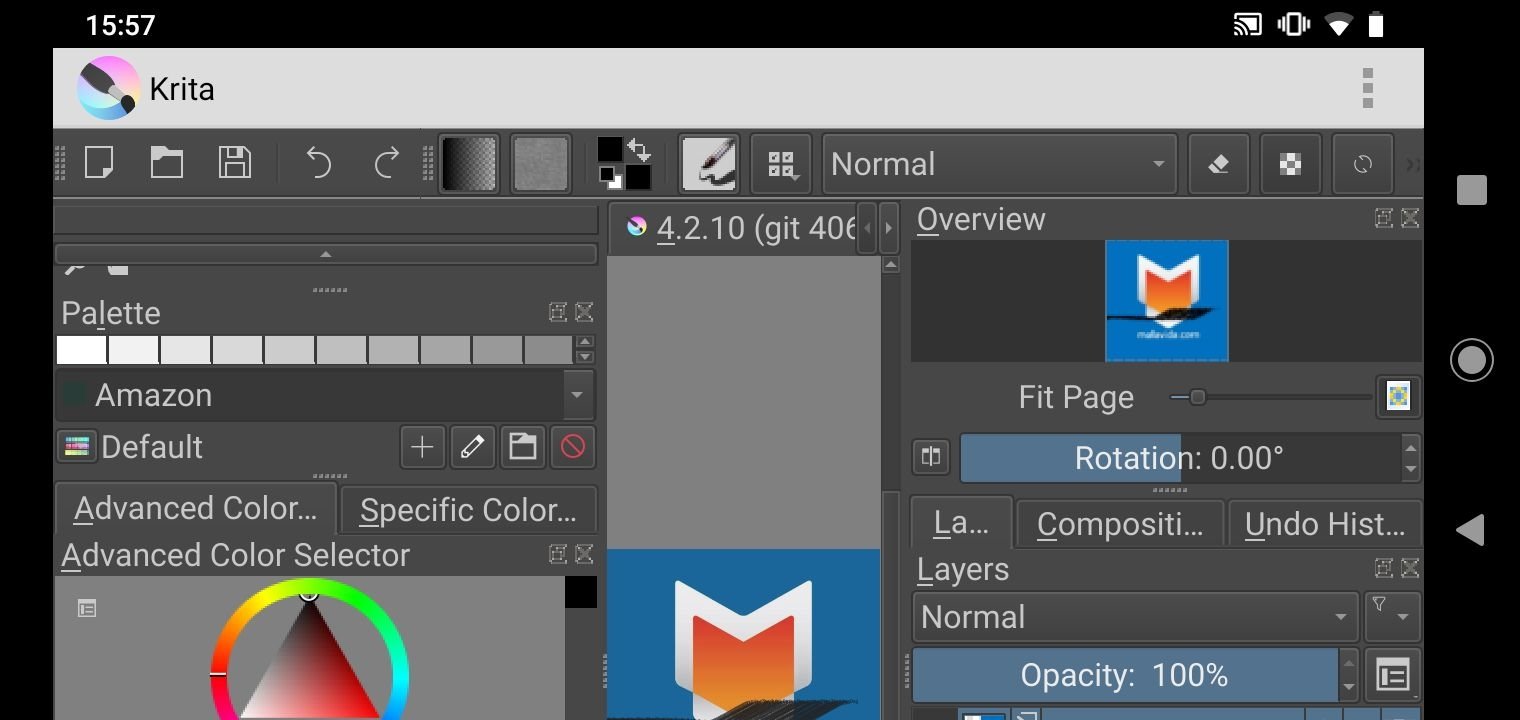

This CPU limit for ARCVM only takes place when your Chromebook starts up: This solution, as it stands now, has you covered.

Of course, you might be wondering what happens if you immediately want to use an Android app or the Google Play Store after your Chromebook boots. By limiting the ARCVM startup process to only use up to a certain percentage of the CPU, initial Chrome OS performance should improve. Currently, the code limits this to 25 percent of the CPU, although that figure change based on internal testing. So how is Google going to speed up initial Chromebook responsiveness?Ī Chrome OS update will restrict the CPU’s availability to fire up ARCVM upon startup. This situation is often referred to as the CPU “being pegged.” If the CPU is mainly focused on completing a single task, the rest of the system is sluggish and laggy.Įver seen slow response times when you navigate on your Chromebook’s interface? It’s likely the CPU is pegged, although having a limited amount of free memory could also be at play. And that causes the CPU in your Chromebook to spend most, if not all, of its resources firing up ARCVM.Įven when you may not need it at first. This occurs even if you don’t immediately open an Android app or the Google Play Store. Based on the description, this virtual machine launches when you boot your Chromebook. If you’re not familiar with the term, ARCVM is the virtual machine used to run Android apps on a Chromebook. ARCVM “continuously consumes CPU for several minutes on user login before user has even launched any Android app or playstore.”

The issue is laid out in a description in this code commit. And it has a solution to improve initial Chromebook performance in an upcoming Chrome OS update. Have you noticed that your Chromebook isn’t very responsive until a minute or so after startup? Depending on your hardware, you may not have as higher performing components could mask this.


 0 kommentar(er)
0 kommentar(er)
